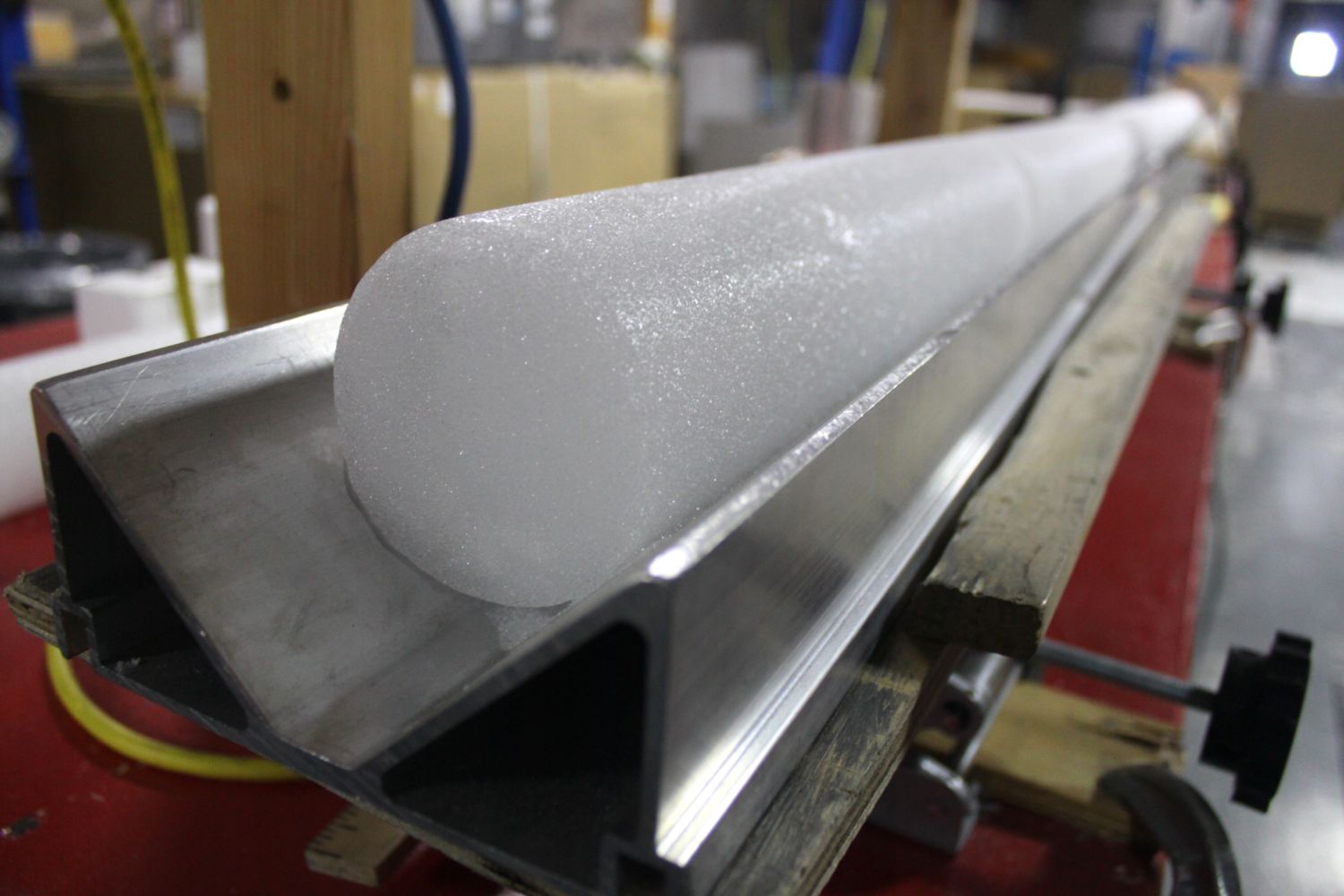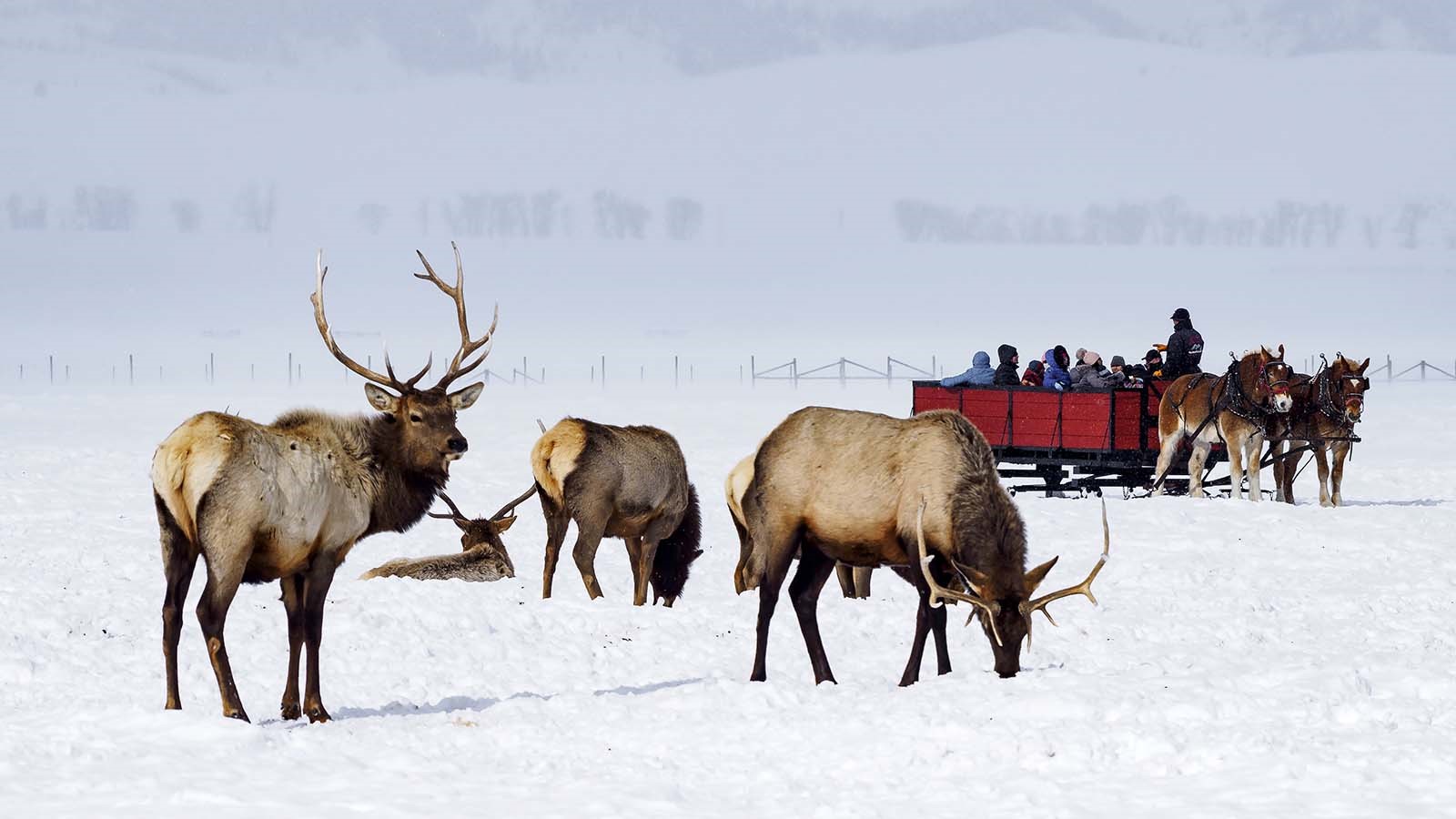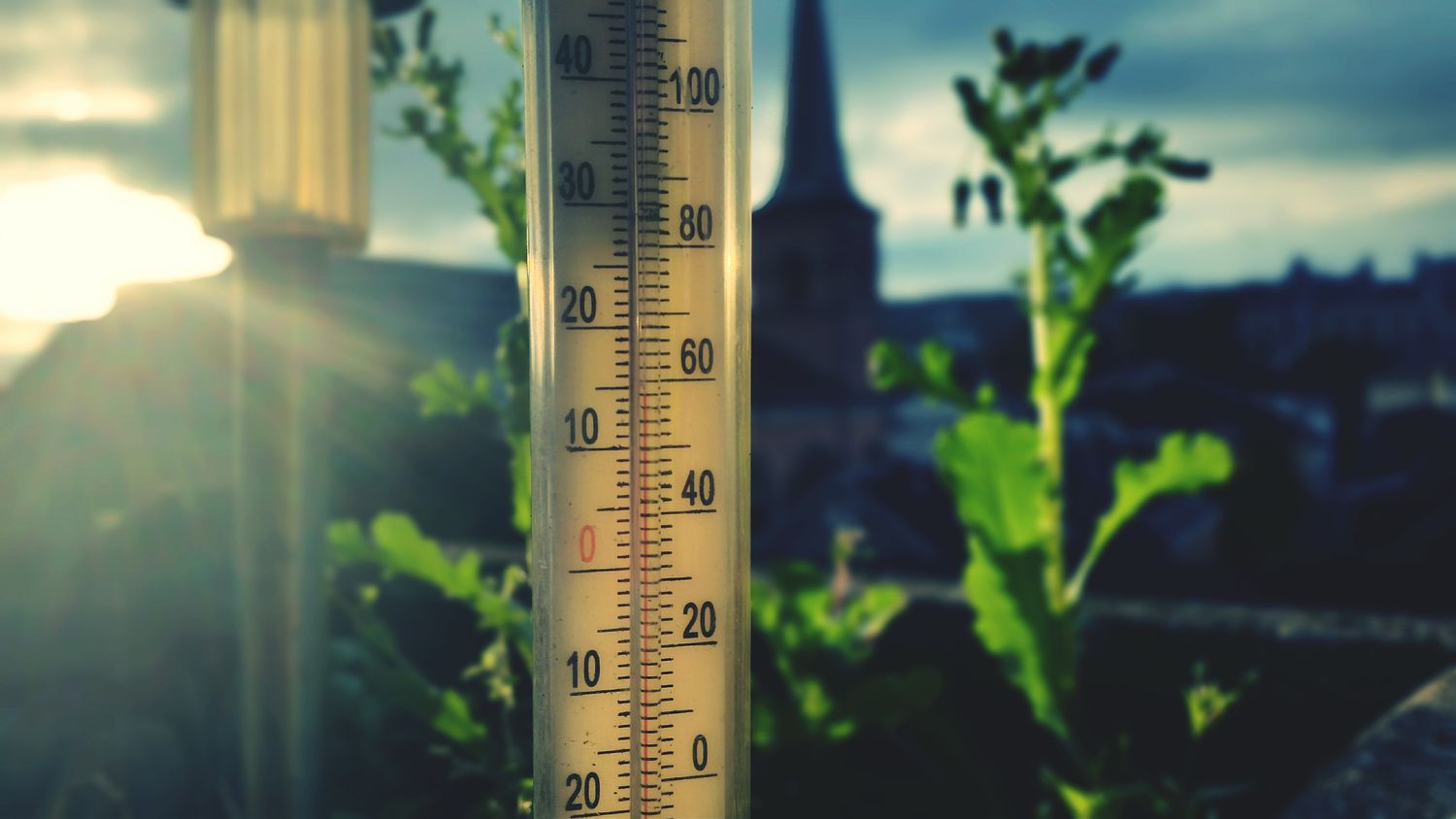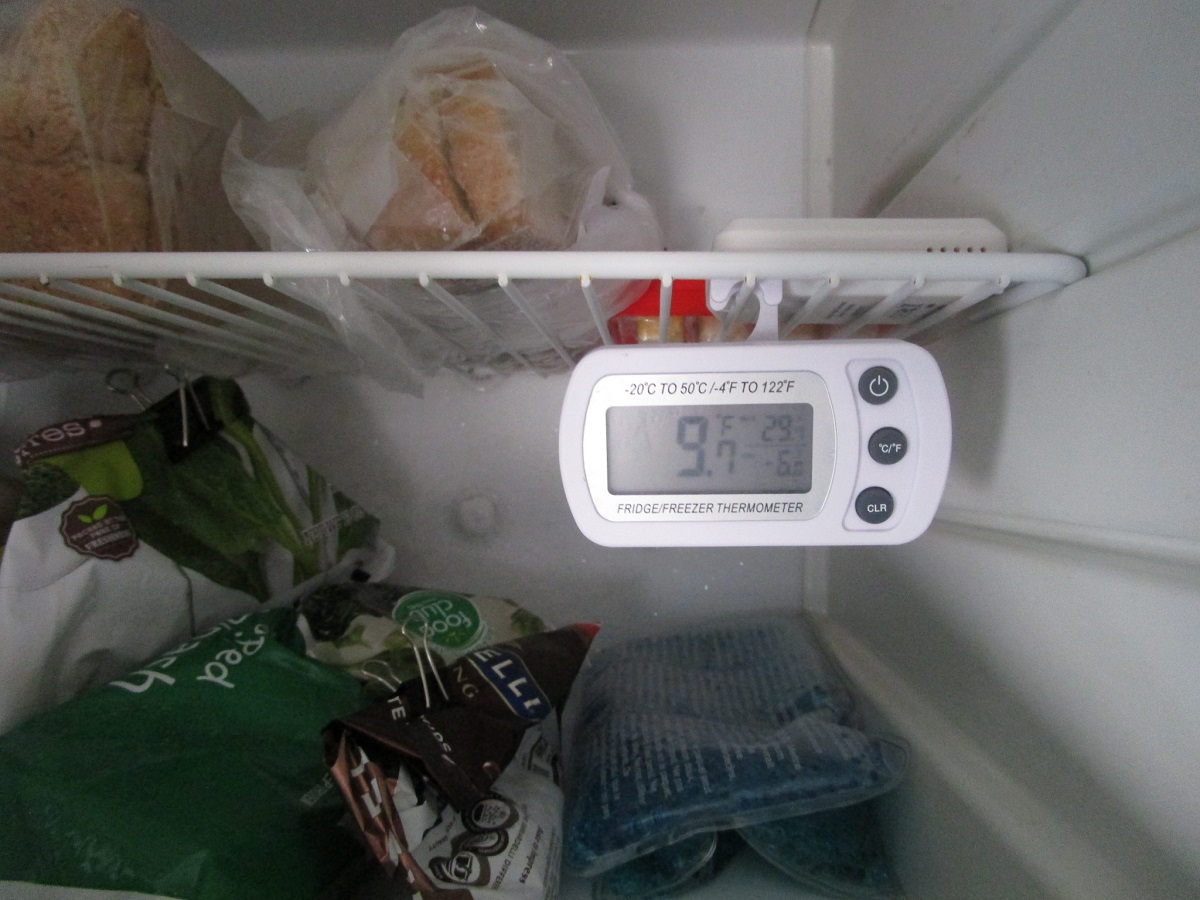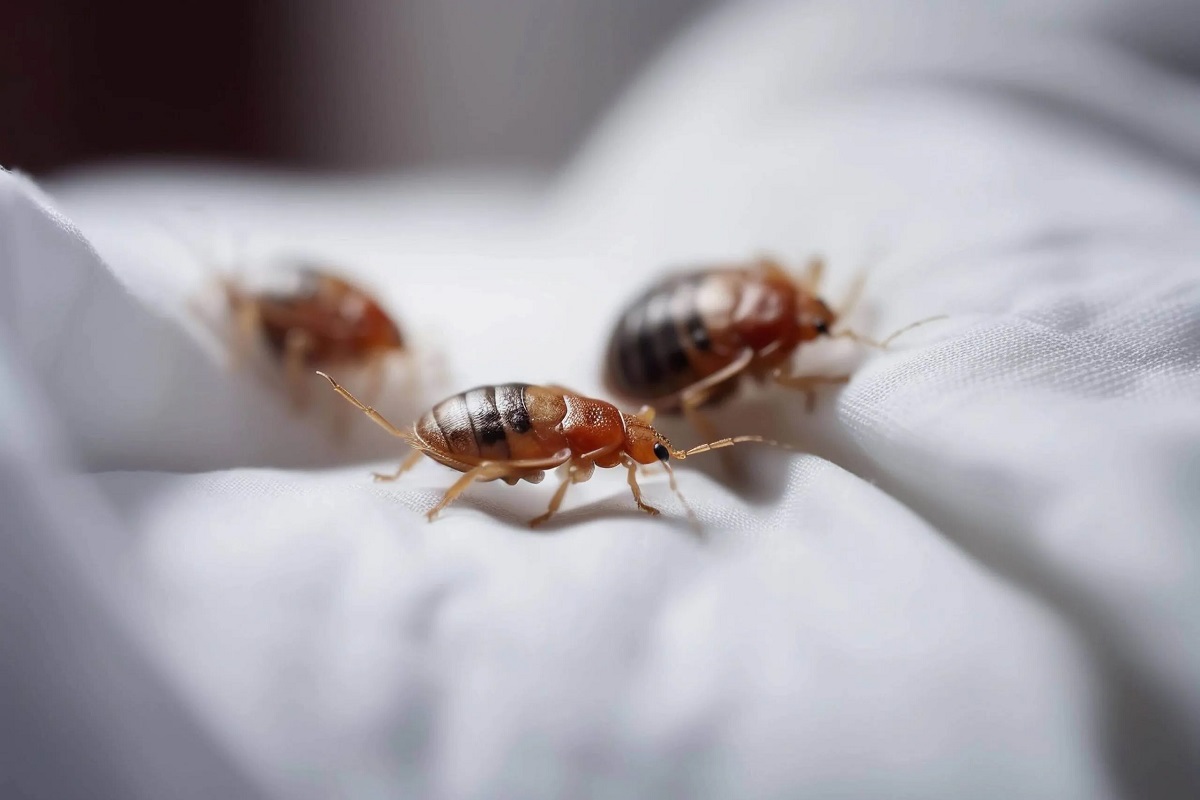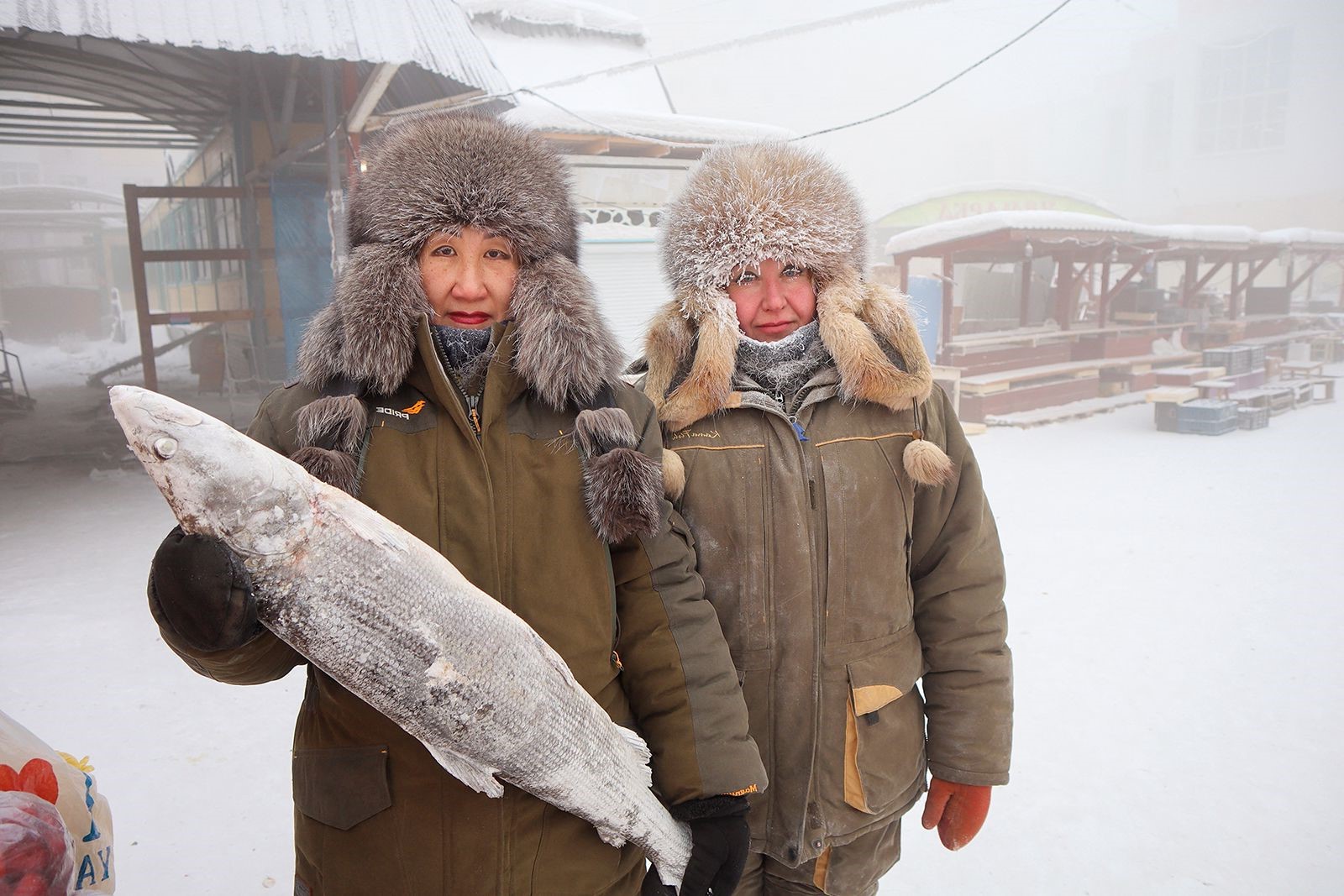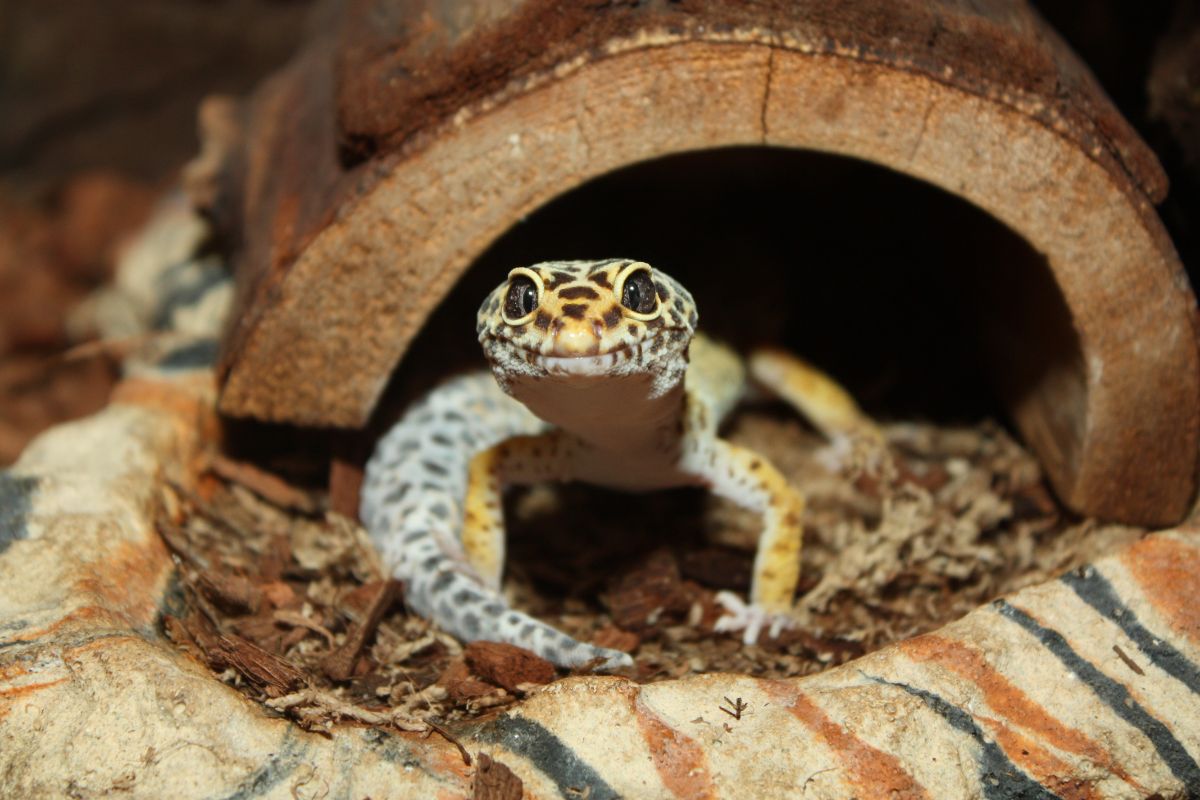Home>Science & Environment>How Do Geckos Respond To Cold Air Temperatures?
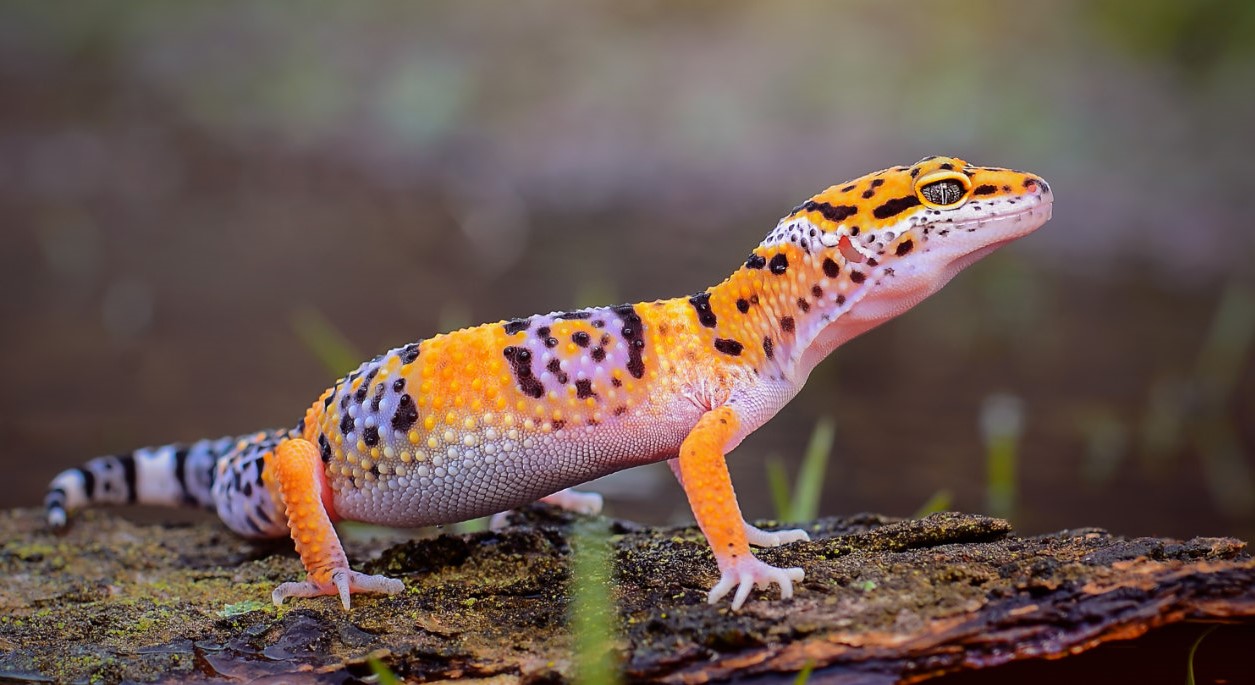

Science & Environment
How Do Geckos Respond To Cold Air Temperatures?
Published: March 5, 2024
Discover how geckos respond to cold air temperatures in this fascinating exploration of science and the environment. Gain insights into the behavior of these remarkable creatures.
(Many of the links in this article redirect to a specific reviewed product. Your purchase of these products through affiliate links helps to generate commission for Temperatures.com, at no extra cost. Learn more)
Table of Contents
Introduction
Geckos, with their remarkable ability to cling to vertical surfaces and ceilings, have long captivated the curiosity of scientists and nature enthusiasts alike. These fascinating reptiles belong to the family Gekkonidae and are renowned for their diverse adaptations to various environments, including those with cold air temperatures. Understanding how geckos respond to cold air temperatures is a topic of great interest, as it sheds light on the intricate interplay between their physiology and behavior in challenging environmental conditions.
As ectothermic creatures, geckos rely on external sources of heat to regulate their body temperature. This dependence on environmental warmth makes them particularly susceptible to the effects of cold air temperatures. Unlike endothermic animals that can internally generate heat to maintain a constant body temperature, geckos must actively seek out suitable microclimates or employ behavioral strategies to cope with chilly surroundings.
In this article, we will delve into the physiological mechanisms that enable geckos to endure cold air temperatures, explore their behavioral responses when faced with chilly conditions, and examine the remarkable adaptations that equip them for survival in cold environments. By unraveling the intricacies of how geckos navigate cold air temperatures, we gain valuable insights into the resilience and resourcefulness of these captivating reptiles.
Through a comprehensive exploration of the topic, we aim to provide a deeper understanding of the remarkable ways in which geckos interact with and adapt to cold air temperatures. This knowledge not only enriches our appreciation of these remarkable creatures but also offers valuable perspectives on the broader dynamics of animal physiology and behavior in the face of environmental challenges. Join us on this illuminating journey into the world of geckos and their responses to cold air temperatures.
Read more: How Cold Do Wisconsin Winters Get?
The Physiology of Geckos in Cold Temperatures
When geckos encounter cold air temperatures, their physiological processes undergo remarkable adaptations to contend with the challenges posed by the chilly environment. As ectothermic creatures, geckos lack the internal mechanisms to generate body heat, making them highly reliant on external sources of warmth. In response to cold air temperatures, geckos exhibit a series of physiological adjustments aimed at maintaining vital bodily functions and optimizing their chances of survival.
One of the primary physiological responses to cold air temperatures in geckos involves the modulation of metabolic activity. As the ambient temperature drops, geckos experience a decrease in metabolic rate, effectively slowing down their physiological processes. This metabolic suppression allows geckos to conserve energy and minimize heat loss, thereby enhancing their ability to endure prolonged exposure to cold conditions. By strategically adjusting their metabolic activity, geckos can navigate the challenges of cold air temperatures while conserving vital resources for essential biological functions.
Furthermore, geckos employ thermoregulatory mechanisms to cope with cold air temperatures. When faced with chilly environments, geckos seek out microclimates that offer relatively higher temperatures, such as sunlit areas or sheltered spots that retain residual warmth. By actively seeking out these thermally favorable locations, geckos can mitigate the impact of cold air temperatures on their physiological processes, thereby maintaining a more stable internal environment. This adaptive behavior reflects the resourcefulness of geckos in leveraging external thermal gradients to regulate their body temperature and minimize the disruptive effects of cold air temperatures.
In addition to metabolic and thermoregulatory adaptations, geckos may undergo changes in their circulatory system to cope with cold air temperatures. By modulating blood flow to different regions of their body, geckos can prioritize the retention of heat in vital organs while minimizing heat loss in peripheral tissues. This circulatory adjustment enables geckos to sustain essential physiological functions even in the face of cold air temperatures, highlighting the intricate interplay between their physiological responses and environmental challenges.
In essence, the physiology of geckos in cold temperatures reflects a remarkable suite of adaptations that enable these reptiles to navigate and endure challenging environmental conditions. Through metabolic regulation, thermoregulatory behaviors, and circulatory adjustments, geckos showcase their resilience and resourcefulness in responding to cold air temperatures. This intricate interplay between physiology and environmental dynamics underscores the remarkable strategies employed by geckos to thrive in diverse habitats, offering valuable insights into the broader landscape of animal adaptations and survival mechanisms.
Behavioral Responses to Cold Air Temperatures
When confronted with cold air temperatures, geckos exhibit a diverse array of behavioral responses aimed at mitigating the challenges posed by the chilly environment. These behavioral adaptations reflect the resourcefulness and resilience of geckos in navigating cold air temperatures while optimizing their chances of survival.
One prominent behavioral response of geckos to cold air temperatures involves seeking out thermally favorable microclimates. In their quest to maintain optimal body temperature, geckos actively explore their surroundings to identify sheltered areas, sunlit spots, or other locations that retain residual warmth. By gravitating towards these thermally conducive microclimates, geckos can minimize the impact of cold air temperatures on their physiological processes, thereby sustaining essential bodily functions. This behavioral strategy underscores the adaptive nature of geckos in leveraging environmental gradients to regulate their body temperature and mitigate the disruptive effects of chilly surroundings.
Furthermore, geckos may engage in basking behavior when exposed to cold air temperatures. Basking involves positioning themselves in sunlit areas or other sources of warmth to absorb radiant heat, thereby elevating their body temperature. By engaging in basking behavior, geckos can counteract the cooling effects of cold air temperatures, effectively enhancing their thermal comfort and physiological function. This behavioral response exemplifies the proactive approach adopted by geckos to actively manage their body temperature in the face of environmental challenges, showcasing their capacity for strategic adaptation.
In addition to seeking thermally favorable microclimates and engaging in basking behavior, geckos may also adjust their activity patterns in response to cold air temperatures. During chilly conditions, geckos may exhibit reduced locomotor activity, conserving energy and minimizing heat loss. This behavioral modification allows geckos to allocate resources more efficiently, optimizing their chances of enduring prolonged exposure to cold air temperatures. By strategically moderating their activity levels, geckos demonstrate a nuanced approach to coping with environmental fluctuations, highlighting their capacity for behavioral flexibility in challenging conditions.
Overall, the behavioral responses of geckos to cold air temperatures underscore their adaptive prowess and resilience in the face of environmental challenges. Through the strategic pursuit of thermally favorable microclimates, engagement in basking behavior, and modulation of activity patterns, geckos showcase their ability to navigate cold air temperatures while sustaining essential physiological functions. These behavioral adaptations offer valuable insights into the dynamic interplay between environmental stimuli and the behavioral repertoire of geckos, enriching our understanding of their remarkable capacity for adaptation and survival in diverse habitats.
Adaptations for Surviving in Cold Environments
Geckos have evolved a myriad of remarkable adaptations to thrive in cold environments, showcasing their resilience and ingenuity in navigating challenging ecological conditions. These adaptations encompass a spectrum of physiological, behavioral, and anatomical strategies that collectively equip geckos for survival in cold air temperatures.
Physiologically, geckos exhibit metabolic adaptations that enable them to endure cold environments. When faced with chilly conditions, geckos can undergo metabolic suppression, effectively slowing down their physiological processes to conserve energy and minimize heat loss. This metabolic flexibility allows geckos to endure prolonged exposure to cold air temperatures while sustaining essential biological functions, highlighting their capacity for physiological resilience in challenging environments.
In addition to metabolic adjustments, geckos leverage thermoregulatory adaptations to cope with cold environments. By actively seeking out thermally favorable microclimates and engaging in basking behavior, geckos can regulate their body temperature and counteract the cooling effects of cold air temperatures. This strategic utilization of environmental gradients reflects the resourcefulness of geckos in managing their thermal comfort and physiological function in cold environments, underscoring their capacity for behavioral adaptation.
Anatomically, geckos possess specialized features that contribute to their survival in cold environments. Their skin, adorned with microscopic hair-like structures called setae, enables them to adhere to surfaces, facilitating efficient thermoregulation by allowing them to position themselves in thermally favorable locations. This anatomical adaptation not only enhances their ability to seek out warmth but also contributes to their overall thermal resilience in cold environments, showcasing the intricate interplay between anatomical features and environmental adaptation in geckos.
Furthermore, geckos may exhibit coloration adaptations that aid in thermoregulation and camouflage in cold environments. Certain species of geckos display dark pigmentation, which enhances their capacity to absorb radiant heat from the sun, thereby elevating their body temperature and mitigating the impact of cold air temperatures. This coloration adaptation not only contributes to their thermal resilience but also serves as a camouflage mechanism, allowing them to blend into their surroundings while managing their thermal needs.
Overall, the adaptations of geckos for surviving in cold environments reflect a convergence of physiological, behavioral, and anatomical strategies that enable them to thrive in challenging ecological conditions. Through metabolic flexibility, thermoregulatory prowess, specialized anatomical features, and coloration adaptations, geckos showcase their remarkable capacity for adaptation and resilience in cold environments, offering valuable insights into the dynamic interplay between biological traits and environmental challenges in the natural world.
Conclusion
In conclusion, the responses of geckos to cold air temperatures unveil a tapestry of remarkable adaptations, reflecting the intricate interplay between their physiology, behavior, and anatomical features in navigating challenging environmental conditions. As ectothermic creatures, geckos rely on external sources of warmth to regulate their body temperature, making them particularly susceptible to the effects of cold air temperatures. However, their capacity for resilience and resourcefulness is evident in the diverse strategies they employ to contend with chilly environments.
Physiologically, geckos undergo metabolic adjustments and thermoregulatory behaviors to cope with cold air temperatures. The modulation of metabolic activity enables them to conserve energy and minimize heat loss, while their adeptness at seeking out thermally favorable microclimates and engaging in basking behavior showcases their proactive approach to managing their thermal comfort. These physiological responses underscore the adaptability and resilience of geckos in the face of environmental challenges, highlighting the dynamic nature of their physiological processes.
Behaviorally, geckos exhibit a nuanced repertoire of responses to cold air temperatures, including the strategic pursuit of thermally favorable microclimates, engagement in basking behavior, and modulation of activity patterns. These behavioral adaptations reflect their capacity for flexibility and strategic adaptation, enabling them to optimize their chances of survival in cold environments while sustaining essential physiological functions.
Anatomically, geckos possess specialized features such as setae-adorned skin and coloration adaptations that contribute to their thermal resilience and camouflage in cold environments. These anatomical traits further enhance their capacity to navigate and endure challenging ecological conditions, underscoring the intricate interplay between their biological features and environmental adaptation.
In essence, the responses of geckos to cold air temperatures offer valuable insights into the remarkable ways in which these reptiles interact with and adapt to challenging environmental conditions. By unraveling the physiological, behavioral, and anatomical dimensions of their responses, we gain a deeper appreciation for the resilience and resourcefulness of geckos in the face of environmental challenges. This knowledge not only enriches our understanding of geckos but also provides valuable perspectives on the broader dynamics of animal adaptations and survival mechanisms in diverse habitats. Through their remarkable capacity for adaptation and resilience, geckos exemplify the intricate and dynamic interplay between biological traits and environmental challenges, offering a compelling glimpse into the fascinating world of these captivating reptiles.

